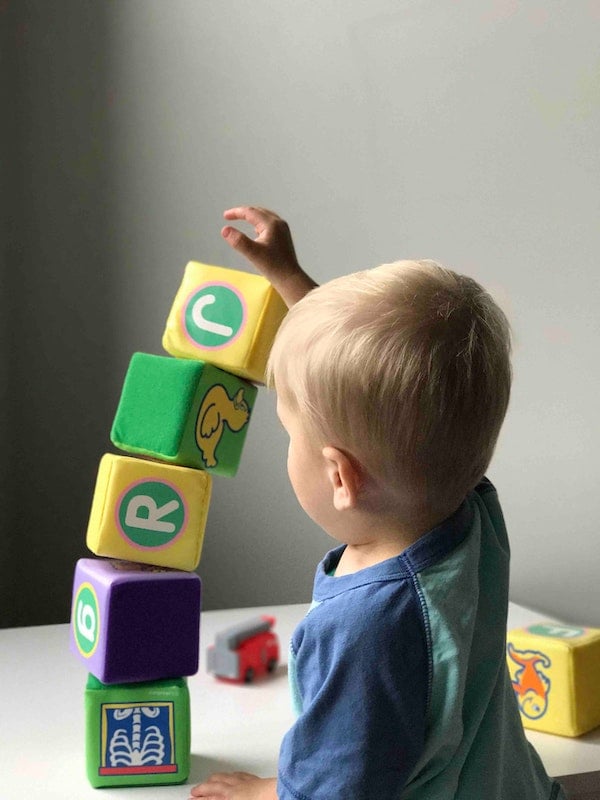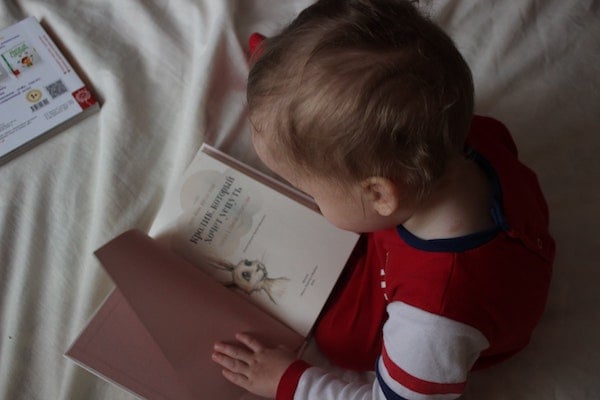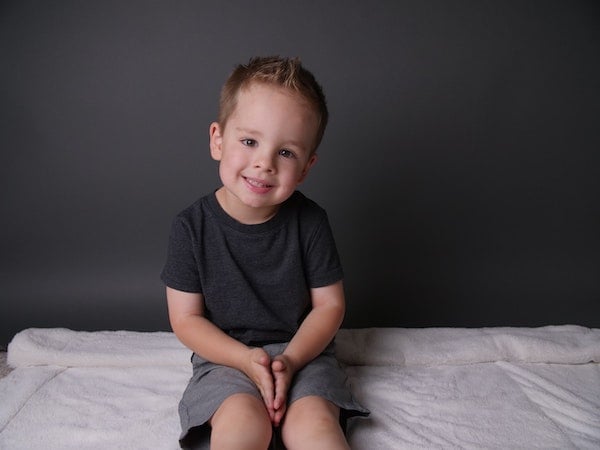While a toddler waking up at night can be daunting, remember that having a toddler is so. much. fun. They no longer need to be spoon-fed, they have this adorable way of drinking from their own cup, they can turn the pages of a book as they “read” to themselves, they toddle around without needing to be carried, and they can communicate in ways other than screaming their little faces off. They are just more independent and things are easier, however there is one tiny little thing that isn’t quite the drinks-with-friends-on-a-friday-night that we want it to be.
People talk about how elusive sleep is in the newborn phase. And even in the months following. However, there seems to be this assumption that once your baby is no longer a baby and you’ve sleep-trained them, that you’re as good as gold. That you’ve reclaimed your sleep space, don’t need to stare at the monitor all night, and you don’t need to allot for 1-2 hours of being awake in the middle of the night, when you plan your bedtime.
So when your toddler starts waking up at all hours of the night, it’s straight up depressing. But not to worry, there is a solution, and it is to get to the root of these wake-ups and handle them in a way that does not create an undesirable habit but is still responsive and loving. Allow me to help you out here…

Toddler Nightmares: Reframe, Reassure, and Redirect
The most common culprit for middle-of-the-night toddler wake-ups is their new-found imaginations. These imaginations are adorable during the day, but can bring about nighttime fears.
When your sweet, adorable, much-too-old-to-be-a-baby munchkin comes and wakes you up to tell you there is a monster under their bed, it can be tempting to usher them quickly back to bed, assuring them that little do they know, there are much more horrifying things to be afraid of there are no such things as monsters. Or better yet, fold like the sleep craving adult that we all are, and bring them into bed with you.
However, I caution you against both of these short-sighted but very appealing at the time options. This is one of those situations where short term pain means long term gain. Your toddler is smart. Smarter than we give them credit for, and definitely more than we’d like to admit.
If this night wake up results in a “special night” with you, then they are going to try to recreate it, even if they don’t really need you. There is a big difference between giving your child what they need and what they want. So, in the interest of helping you and your child foster attachment AND great sleep habits, here are some things you can consider trying.
Saying “there are no such things as monsters” is dismissive and often futile. Instead, try to reframe what the scary thing is. Tell your toddler a silly little story about how that monster is actually terrified of them, or that the monster just wants to be their friend, or that the monster was sent here to protect them. You get the drift.

Anything that doesn’t dismiss and ignore their scary thing and instead acknowledges but reframes it. Sometimes this “scary monster” comes to life right at the end of your bedtime routine (read: right when you’re mere seconds away from a glass of wine and episode of Yellowstone), or it can happen in the middle of the night. Either way, it is not welcome and can be handled by reframing the scary thing into something positive.
If your toddler comes to you in the night extremely upset by their scary dream, it’s important that you reassure them that it’s their imagination creating this scary thing and that it’s not real. And it often helps to explain why it logically can’t be real.
So, for example, if your toddler comes to you totally worked up and babbling on about some flying snake, you can acknowledge how scary that dream must have been, and then assure them that snakes don’t have wings, so they can’t fly. Then redirect them back to bed, and to happier thoughts.
The Power of Guided Imagery

Speaking of happy thoughts, simply saying “now think of happy thoughts and go to sleep” can be a little too vague for your toddler. Instead, you can try a minute or two of guided imagery. Tap into their preferences (race cars, unicorns, Peppa the pig) and your creativity (or what’s left of it after years of sleep deprivation) and paint a calming picture for your little one that they can focus (and continue the story of) as they fall asleep.
If you’re needing some creative inspiration, think starting with ‘once upon a time’, introducing the main character (the unicorn), the secondary character (your toddler), set the stage for a fun adventure (on their way to find some magical rainbow or some other equally ridiculous shenanigan) and avoid the concept of a conflict all together.
Let’s be real here. This sounds practically painful to execute in the middle of the night, when it would clearly be much easier to pull your little one into bed with you so you can both go back to sleep immediately and you don’t have to put on your kindergarten story-telling hat. But in the long run, it’s much better to invest in these wake-ups now so you don’t create a long-term habit that is likely unsustainable and undesirable.
Also, you are doing your child a favor by fostering self-soothing skills that will last long after they are sleeping down the hall from you.
Other Strategies for Toddler Night Wakings
There are other strategies you can try that help your child feel safe and comforted without them being in bed with you, or worse, you camped out on their floor. We know how important a dark room is for babies to sleep, however toddlers often do better with a nightlight.
Some “ok to wake” clocks (like the Hatch) have a nightlight built in, which is a bonus. Or you can leave the bedroom door open a little so they get some light, and hear the comforting muffled noises of you in the house.
You can also record yourself singing a lullaby or reciting a soothing mantra to your little one, and have it play on a Bluetooth speaker, or with one of those recordable teddies. Toddlerhood is also the time to consider introducing a lovey, stuffy, or special blanket. You can make up a special story to go with it, so your toddler feels a connection to the object and you.
Lastly, you can put a picture of yourself or the family near their crib/bed so they can be comforted by seeing you when they wake up or as they are falling asleep.

Recap of Toddlers Waking up at Night
There are many different strategies you can use to help your toddler find comfort and love during bedtime or if they wake in the night, without it taking away from YOUR sleep. If you meet your toddler on their level, reassure and redirect them, then you both will be able to get the sleep you need and deserve.
If you want even more tips and tricks for handling toddler nightmares, fears, power struggles, separation anxiety, and more, check out my toddler guide pack!



0 Comments